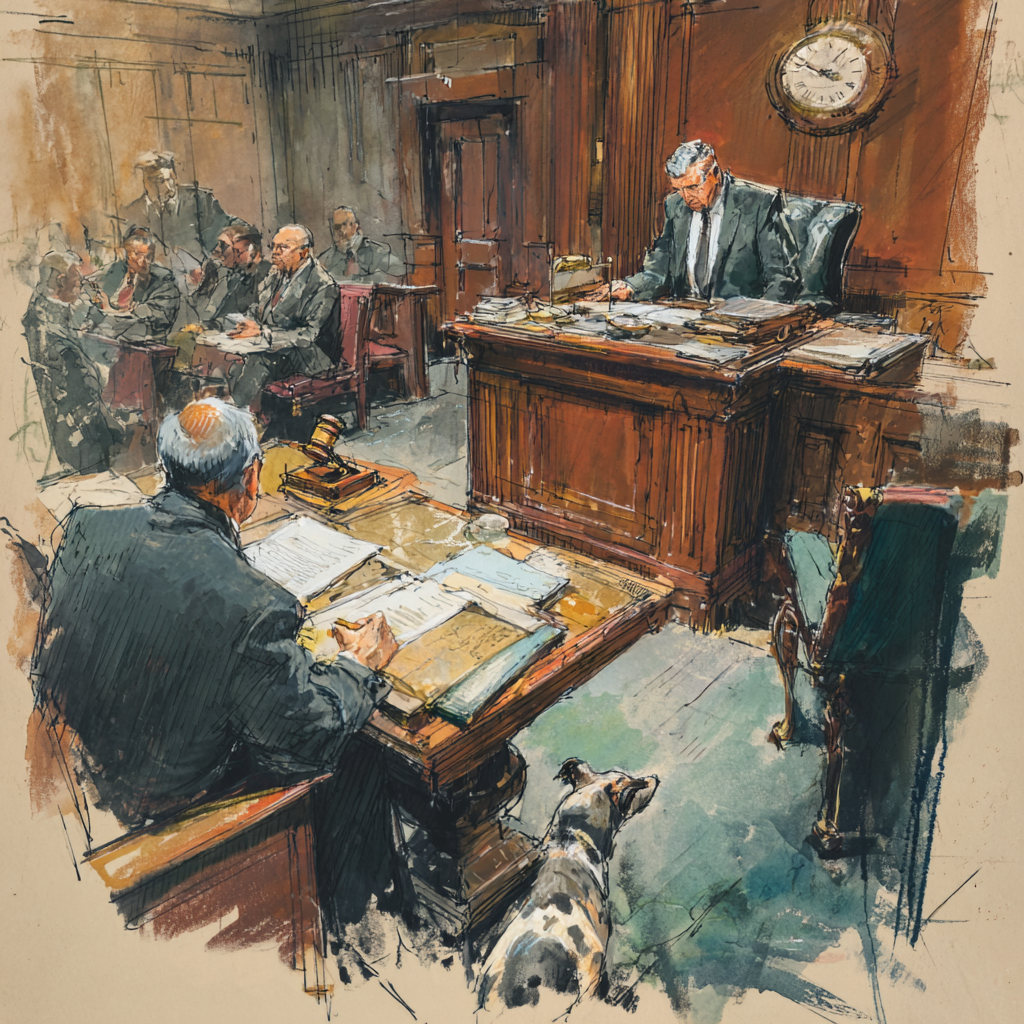Urban Radiology, P.C. v Tri-State Consumer Ins. Co., 2010 NY Slip Op 50987(U)(App. Term 2d Dept. 2010)
This case really should be in the misc.3d reporter and Habif, the last case we discussed, should have the aforesaid (U) cite. The predominant issue that is presented in this case involves peer hearsay. But, there is a subtle jab at how certain Kings County judges adjudicate the mailing issue; a mention of 3212(g) and a way to possibly invoke it; and the duty to communicate when an additional verification request is received. Now on to the discussion of this case.
1. Peer hearsay – exception to the hearsay rule
The case starts off with the observation that the plaintiff assignor’s medical records are fair game under the standard argument that a medical provider is estopped from challenging medical records that reference or discuss the assignor. This rule follows the long line of cases, which holds that the plaintiff’s medical records constitute admissions when used by the defendant. The court was correct in invoking this rule, and should have stopped here in its analysis.
2. Peer hearsay – it is non hearsay
“Moreover, we note that, while defendant’s peer review doctor may have considered medical records received from other providers who had rendered treatment to the assignor, defendant was not seeking to use such records to establish the truth of the facts set forth therein. Defendant was not attempting to prove that Rafailova was injured as documented in her medical records, or that she was treated as set forth in those records. Instead, defendant’s peer review doctor simply opined that, assuming the facts set forth in Rafailova’s records were true, the treatment allegedly provided was not medically necessary. Therefore, as defendant was not using the underlying medical records for their truth, such records were not being used for a hearsay purpose (see e.g. Dawson v Raimon Realty Corp., 303 AD2d 708 [2003]; Splawn v Lextaj Corp., 197 AD2d 479 [1993]). This is distinguishable from a situation in which a medical expert relies upon medical records to establish the fact of an injury (see e.g. Hambsch v New York City Tr. Auth., 63 NY2d 723 [1984]; Wagman v Bradshaw, 292 AD2d 84 [2002]). Consequently, plaintiff’s argument that defendant failed to establish the reliability of the underlying medical records in support of its claim that the treatment provided was not medically necessary is irrelevant.”
I am not sure that I agree with theabove reasoning. If a patient’s medical chart shows normal Range of Motion and symmetrical Deep Tendon Reflexes, then of course I as a competent defense attorney am going to use these findings for their truth, to show that certain diagnostic testing was medically unreasonable. This also runs counter to the Ninth and Tenth Districts’ determination in Progressive Medical Inc. v. Allstate. Finally, it runs counter to the Second, Eleventh and Thirteenth Districts’ determination in Pan Chiro, P.C. v. Mercury Ins. Co.
But, the real problem with this case is the application it has to personal injury and medical malpractice litigation. I will let your imagination craft the creative lawyering this case presents.
3. Mailing
The rule in Civil Kings with certain judges is that the affidavit must be specific as to the dates an item is mailed. It is insufficient, according to these judges, to present an affidavit that discusses the general mailing procedure, which will allow a reader to infer that an annexed denial was mailed on the date of the denial or the next business date. The fact that certain plaintiff’s prevailed using this argument forever baffled my mind, and was always a key determination as to whether or not I appealed an adverse decision. Here is an example of case from Kings County where I reversed a judge who said my affidavit was not specific enough: Quality Psychological Services, P.C. v. Mercury Ins. Group, 27 Misc.3d 129(A)(App. Term 2d Dept. 2010). Here is an example from Queens County where I reversed a judge who said my affidavit was not specific enough : Innovative Chiropractic, P.C. v. Mercury Ins. Co., 25 Misc.3d 137(A)(App. Term 2d Dept. 2010).
Here is the language from Urban:
“The Civil Court denied the motion due to the lack of specificity in the affidavit of defendant’s mail clerk regarding mailing of the denial & requests for additional verification. The instant appeal by defendant ensued. Contrary to the determination of the Civil Court, the affidavits of defendant’s no-fault claims examiner and mail clerk were sufficient to establish that defendant had timely mailed the additional verification requests and NF-10 denial of claim forms in that they described, in detail, based on the affiants’ personal knowledge, defendant’s standard office practice and procedure designed to ensure that said documents were mailed”
4. Communicate or be estopped
A reoccurring theme in the case law has involved the insurance carrier sending a verification request to a provider who the insurance carrier knows, or should know, does not have the requested information. A similar theme involves the sending of verification requests to a provider when they have an attorney submitting their bills.
The Court, in following recent precedent, held that the provider must communicate that it does not have the information in order to stop the tolling of the time to pay or deny the claim. The Urban court said the following: “While plaintiff argues that the requests should have been sent to the referring physician, inaction was, in this case, not a proper response (see Westchester Med. Ctr. v New York Cent. Mut. Fire Ins. Co., 262 AD2d 553, 555 [1999]). Plaintiff should have informed defendant that the requests should be sent elsewhere.”
5. The door opens up to the invocation of 3212(f)
“Furthermore, plaintiff did not demonstrate that it needed the records from the other providers in order to raise a triable issue of fact as to whether the services at issue were medically necessary when they were rendered (see CPLR 3212 [f]; GZ Med. & Diagnostic, P.C. v Mercury Ins. Co., 26 Misc 3d 146[A], 2010 NY Slip Op 50491[U] [App Term, 2d, 11th & 13th Jud Dists 2010]), and that it had served discovery demands during the ample opportunity that it had to commence discovery proceedings to obtain such records before the instant summary judgment motion was brought (see Meath v Mishrick, 68 NY2d 992 [1986]).
It looks like the Defendant failed to annex the medical records that its peer review doctor relied upon in its motion for summary judgment. Interestingly, the court held that if Plaintiff was diligent in seeking discovery, it would have been able to invoke 3212(f). This is very interesting and it also makes sense.
All that in one case.









